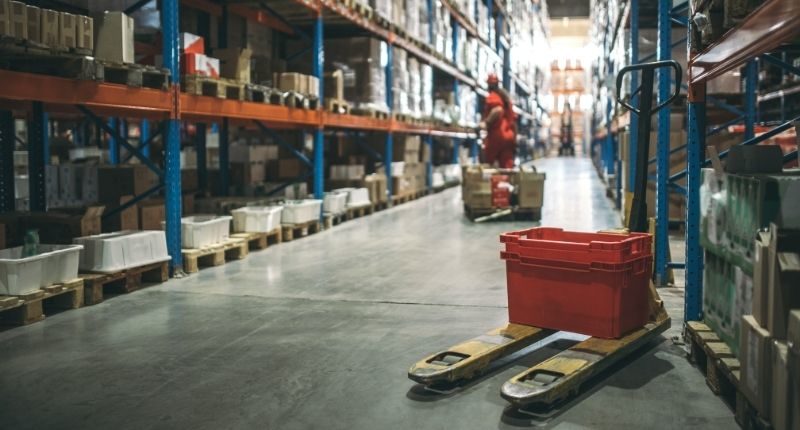- The industrial vacancy rate is expected to stay at below 2% for the next two years
- Supply failing to keep with demand
- Victoria's e-commerce penetrate rate expected to hit 22% this year - well above the national rate of 14%
The record low industrial vacancy rate is set to stay at sub 2% in Melbourne over the next two years, suggests a new CBRE report.
Land values are also expected to grow by double digits as the city’s supply of zoned land continues to dwindle. The south-east in particular is expected to witness strong price growth.
A perfect storm
This situation is driving the feasibility of multi-storey warehousing across Melbourne, resulting in affordability issues for occupiers.
“A perfect storm of heightened occupier demand and institutional appetite for industrial & logistics property has resulted in Melbourne’s zoned land supply being exhausted far sooner than expected,” noted CBRE Victorian State Director, Industrial & Logistics, James Jorgensen.
“This is placing upward pressure on occupancy costs via rental rates and outgoings, which could soon result in affordability becoming a serious concern for occupiers.”

“One thing to note is that there is still plenty of rural and Green Wedge land on Melbourne’s periphery.
“There is increasing pressure on local councils and government to be proactive with planning controls and start to look at rezoning opportunities in these areas to address growing supply issues.”
Sass J Baleh, CBRE’s Pacific Head of Industrial & Logistics Research, said strong demand drivers to be located in Melbourne was driving the performance of this sector.
“Australia’s largest container port is located in Melbourne and the market continues to benefit from strong population growth, a relatively efficient infrastructure network, and the city’s competitive rent cost differential compared to Sydney and Brisbane,” Ms J-Baleh said.
“This will keep vacancy rates sub-2% and land values will continue to appreciate at double digit growth rates over the next two years.
“The forecasts are particularly strong for Melbourne’s south-east, where just 140ha of industrial zoned land has been identified for development over the next three years.
“This is 2% of the total undeveloped zoned land supply in Melbourne, and as a result we forecast the strongest rent growth to occur in Melbourne’s south-east precinct averaging 4.6% p.a. between 2022 and 2026.”
Ms J-Baleh noted the state’s e-commerce penetration rate will reach 17% in 2022, above the national rate of 14%.
“Given our forward projections on Victoria’s e-commerce penetration (reaching 20% by 2025) around 160,000 sqm of space p.a. will be required to 2025 to support the growth in internet sale,” Ms J-Baleh said.
Based on historic averages, 527,600sqm of space has been delivered to the Melbourne market annually since 2010. This means to facilitate the e-commerce growth, new supply would have to increase by about 30%, added Ms J-Baleh.








